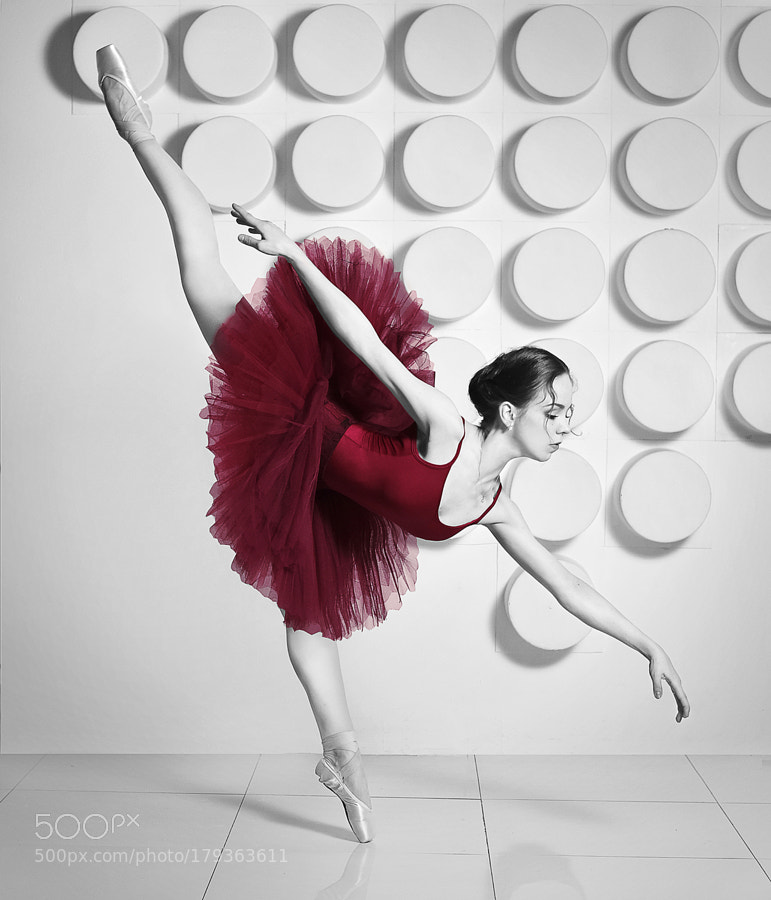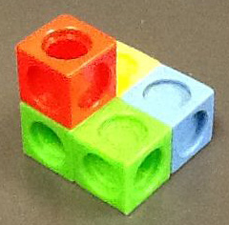https://www.slideshare.net/enricamaragliano1/maths-and-dance
This slideshow talked about the use of some mathematical terms and topics when dealing with: music and rhythm, shapes, movements executed, spatial organization, and symmetry. Dancers form lines and simple shapes with their bodies such as circles and triangles, as well as more complex shapes. It’s important that dancers have a good understanding of geometry and angles so they can make the correct shapes.

Despite being a slideshow this site was very helpful and had a lot of good information. It had a lot of good pictures as well that I could connect to the information. The pictures displayed on the slideshow also helped me understand the information better.






